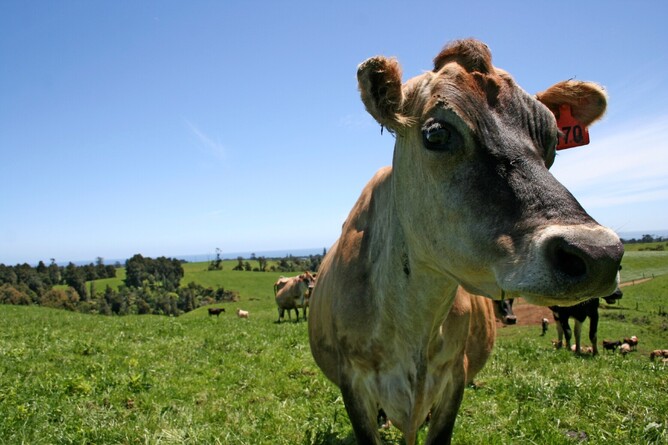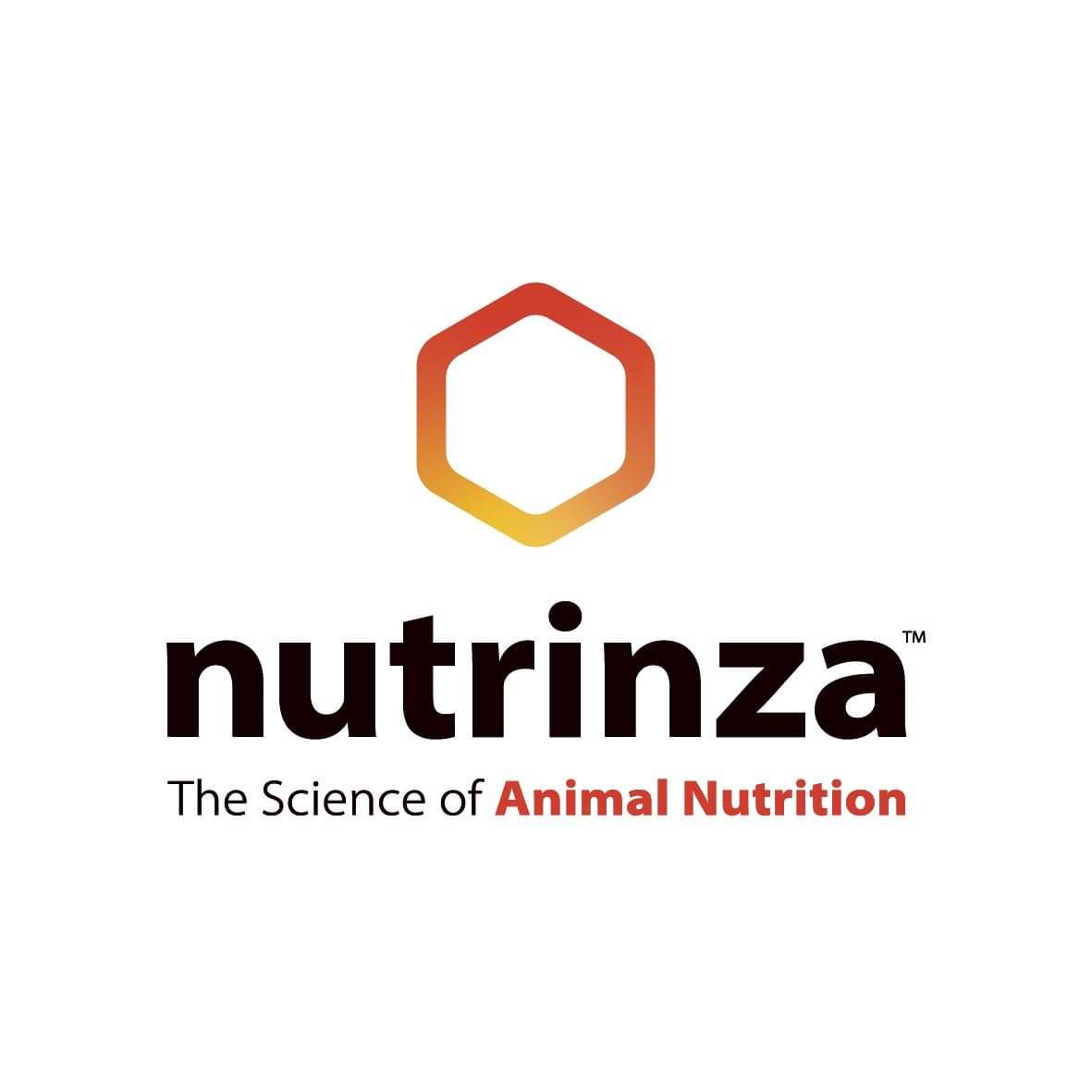New research by Headlands Consulting suggests the blunt tools proposed in the Government’s agricultural emissions consultation document could devastate New Zealand’s economy and crush the country’s largest export sector, when there are better ways to achieve, and even exceed, the climate change targets.
Headlands managing director Warren Morritt says better outcomes in terms of reductions in the carbon footprint of milk, greenhouse gas (GHG) emissions, nitrogen leaching, dairy cow numbers and land used, while maintaining total milk production and increasing on-farm profit are all positive results of the company’s modelling research. All of which is achievable while remaining within Fonterra’s pasture-based milk criteria, with total feed consumption being 80% homegrown feed.
This research shows that with systematic refinements and inclusion of a moderate amount of concentrate feeds to fewer, but better cows, the total amount of feed required per farm reduces dramatically, but total milk production per farm is retained, increasing feed conversion efficiency. However, under the Government’s proposed GHG calculator, the main lever left available to farmers is to reduce total milk production, which completely ignores any potential gains to be made out of increasing feed conversion efficiency.
“Our modelling research clearly shows that the dairy sector can build a system that achieves and exceeds the 2030 climate change and greenhouse gas targets, while improving animal welfare and ensuring we don’t compromise on profitability and total production,” says Mr Morritt.
“It’s not often you find a silver bullet, but our modelling research proves that with a combination of systematic refinements that are currently within farmers’ control, we can find answers that are good for the planet, the economy and every New Zealander.”
Headlands Consulting’s modelling research used the Waikato ‘average’ farm from DairyNZ statistics 2018/2019 season as the basis for the comparison and modelled five scenarios against this ‘control farm’. The scenario with the greatest environmental benefit shows that dairy farmers can continue to achieve the same total farm milk production levels, with a 36% reduction in cow numbers per hectare, coupled with 8.5% of dairy-farm land being retired for alternative use, delivering a 22% increase in operating profit. The reduction in total GHG emissions (15.6%) exceeds the Government’s emissions reduction targets for 2030 (10%), while there is also a strong reduction in nitrogen leaching (15.5%) in this system compared to the control scenario. Greenhouse gas emissions associated with growing and sourcing off-farm supplement was accounted for in the modelling.
Recent industry recommendations include scenarios where cows per hectare are reduced by 15% with limited option to utilise supplemental feeds. When modelled, these recommendations did result in a reduction in total farm GHG emissions (14.4%) and N leaching (9.7%) compared with the control farm. However, there was also a severe reduction in milk production (11%) and profitability (7.4%), while having minimal impact on the carbon footprint of the end products (3.9% improvement). By comparison, Headlands’ optimised modelling showed a scenario which could achieve a similar total farm GHG reduction (15.6%), but maintained milk production, and increased profitability by 22% compared to the control farm, while reducing the carbon footprint of the end product by 15.7%.
Morritt says the key to reducing greenhouse gas emissions at the dairy farm level, and per unit of product produced, is by producing milk more efficiently, and this requires increasing feed conversion efficiency. Supplementing the cow’s diet with concentrates is a critical tool to achieving this feed conversion efficiency that enables each cow to consume more feed and nutrients in total, channelling a much higher proportion of feed energy towards milk production. This in turn allows a much lower number of cows per hectare while maintaining farm production levels. The key difference of this modelling research compared with previous research is that introducing these concentrates was not done with a view to increasing total production levels (intensification); but rather, they were used to drive feed efficiency, allowing a lower number of cows per hectare, while maintaining total farm milk production and improving environmental outcomes.
The GHG emissions calculator in the current Government proposal uses a fixed amount of feed per kg milk solids to calculate the GHG emissions of each farm, which if adopted, would remove the ability to recognise and reward improved feed conversion efficiencies which deliver GHG emission reductions.
Adopting this overly simplified method would drive a severe reduction in milk production and farm profitability, for a sub-optimal environmental outcome. With the Government’s proposed GHG calculator, reducing milk production would be the key lever to reduce GHG emissions. Headlands’ modelling shows this approach would be both flawed and unnecessary.
“It’s vital that policies and GHG emission tax calculators do not use a fixed amount of feed per unit of milk production to calculate farm GHG emissions, or unfairly penalise the use of concentrate feeding in dairy systems. Moderate amounts of concentrate feeds are critical to improving feed conversion efficiency and are a crucial tool for achieving positive environmental and economic outcomes,” Morritt explains.
Headlands’ modelling research has been peer-reviewed by some of New Zealand’s leading dairy scientists including Mr Dave Clark, formerly principal scientist at DairyNZ, and Dr Eric Kolver, formerly principal animal scientist at DairyNZ.
The modelling research shows how New Zealand’s clean, green, grass-fed image can be further improved by significantly reducing the environmental footprint of our farms and our milk, reducing cow numbers and retiring dairy farming land.
Ultimately the purpose of the research is to ensure that the final Government policy is broad enough to allow farmers to innovate and have options within their farming businesses while achieving environmental targets.
Morritt says the alternative would be negative on all fronts, as productivity and profitability would be reduced, and environmental benefits would be sub-optimal. We have grave concerns that adopting the proposed government calculator will result in a much less efficient, less clean dairy industry, with severe downstream economic effects on NZ society as a whole.
“One of the key differences with the strategies we have developed is that we’re able to reduce the carbon footprint of milk in line with the reduction in total farm greenhouse gas emissions.”
“The Government’s current proposal will have minimal impact on the carbon footprint (kg GHG per kg milk solid) of NZ dairy exports. This will likely be a key consideration for the consumer in the future, and if we don’t address this, it could result in our products being less saleable in the global market.”
To summarize, the research modelling shows that implementing these changes on the average Waikato dairy farm could achieve:
A 15.6% reduction in total farm GHG emissions
A 15.7% reduction in GHG emissions per kilogram of milk solids produced
A 15.5% decrease in Nitrogen leaching per hectare and per milk solid
A 22% increase in profitability
A copy of the research 'Farm systems and diet modelling of Greenhouse gas emissions, nitrogen losses and economic performance of differing diet and land use scenarios for a Waikato dairy farm' is available below.

